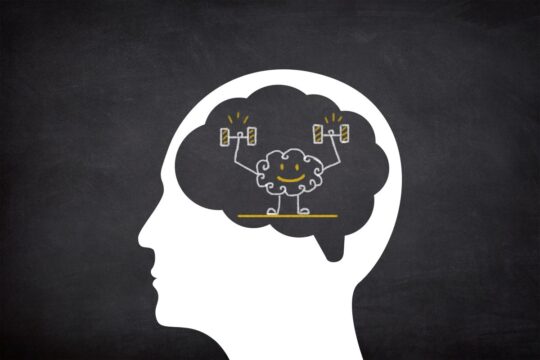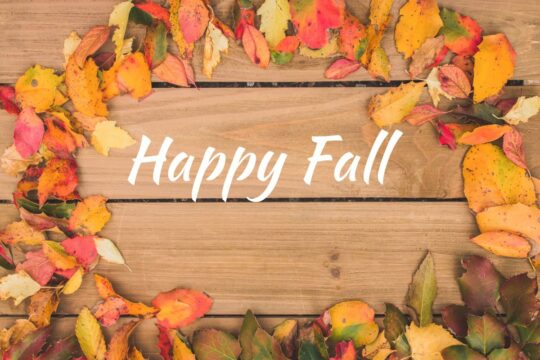Journaling has been around for decades and can be a powerful tool to enhance learning. Science journaling is more than just a place to jot down terms or lab results. It gives students the chance to express their understanding of key concepts in ways that worksheets or tests cannot. It also encourages them to explore ideas, sharpen observation skills, and think critically.
Here’s a closer look at the benefits that make science journaling worth your time.
Fosters Critical Thinking
Science is based on curiosity, such as asking questions, testing ideas, and making sense of evidence. Journaling allows students to think more deeply about what they are observing. Rather than simply writing down answers, they can use their journals to explain their observations, make connections, and reflect on what they’re learning.
For example, during a unit on plants, students might predict what happens during different stages of growth, record their observations of the changes, and then compare their predictions to what actually happens. They even use their journals to sketch, add diagrams, or add new information. By engaging with questions, students develop and use their problem-solving skills, which not only benefits them in science class but also throughout their lives.
Enhances Observation Skills
Observation skills are the foundation of science class. They help students notice details and gather the information and evidence needed to understand what they are learning. Journaling helps students pay attention and notice the small details they may not have seen if they weren’t writing them down.
Take the lesson mentioned earlier on plants. Instead of just writing down that the plant has sprouted, a science journal ensures students measure the height of the plant, the number of leaves it has, or how it changes over time. Writing down these details helps to sharpen their ability to notice patterns.
Improves Scientific Communication and Literacy
Having the ability to communicate clearly is another key component of science class. Journaling helps students practice using scientific vocabulary, writing explanations, and supporting data. This helps students with their scientific terminology as well as prepares them to write any formal reports or presentations.
For example, when upper elementary students are experimenting with different soils to help their plants grow, they can include key terms like “nutrients” and “retention” instead of saying the soil is “good” or “bad.” For middle and high school students, journaling can be paired with peer reviews to help with feedback and accuracy. This helps to build solid communication skills.
Promotes Creativity and Curiosity
Science journaling is not just about writing key terms and data. When students are encouraged to draw, sketch diagrams, and ask questions, it gives them a space to be curious and use their imagination. An elementary student may sketch a plant and label it, while a high school student may use their journal to draw the life cycle of a plant and explain the process. These approaches are creative and personal. They provide a place for students to imagine and explore without the fear of being graded or having the right answer.
Serving as an Authentic Form of Assessment
One of the best benefits of a science journal is using it as a means of assessment. While science journals typically are not graded, they can be a great resource for teachers to show a student’s learning process. Teachers can use the journal to see how students’ understanding has evolved. By tracking entries, teachers can see not only the students’ progress, but also the effectiveness of their own instruction.
Older students can also use their journals as portfolios. They can look back at them to reflect or use them as a study tool, reminding them of key terms they’ve forgotten about or previous experiments.
How to Bring Science Journaling into Your Classroom
To start integrating science journaling into your classroom, start small with just a few minutes at the end of each lesson. Be flexible and allow students to choose whether they want to record observations, write questions they may have, or sketch diagrams. Over time, students will begin to see that their journals are a valuable tool.
To get students into science journaling, consider using simple prompts like “What surprised you the most during the experiment?” or “What are you still curious about?” This will help students think beyond the data and facts and dive more into their curiosity.
It’s also important to note that students need to be aware that there is no “correct” way to use their journals. Based on their own learning style and preferences, each student’s journal will look different. Some students may have their notebooks filled with sketches and diagrams, while others may just have key terms and explanations.
Science journaling can be so much more than just recording information in a notebook; it can be a place where students can explore their creativity, sharpen their observation skills, and deepen their learning. By using this strategy in your classroom, you’re allowing students to learn ways to wonder, question, and explain concepts.
You’ve got important career goals — we have the graduate program to get you there. Check out our available graduate degree programs to advance your career today!




